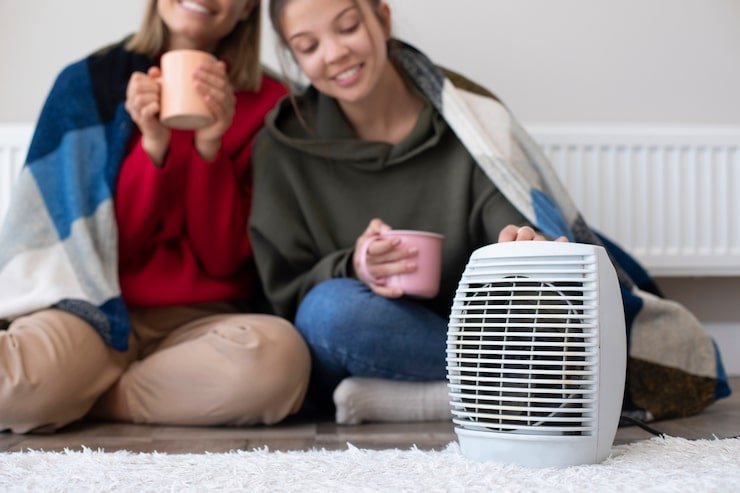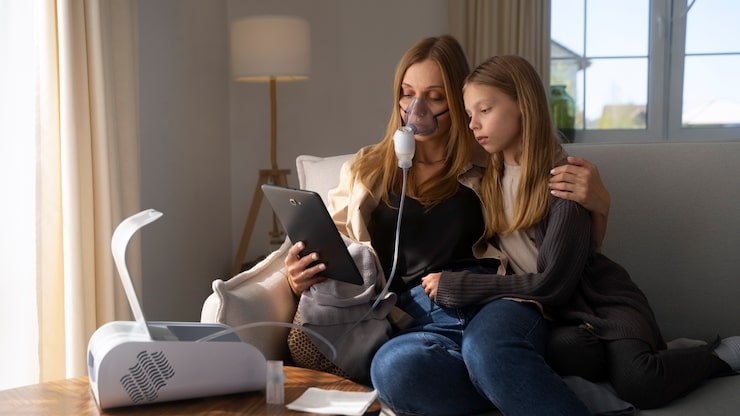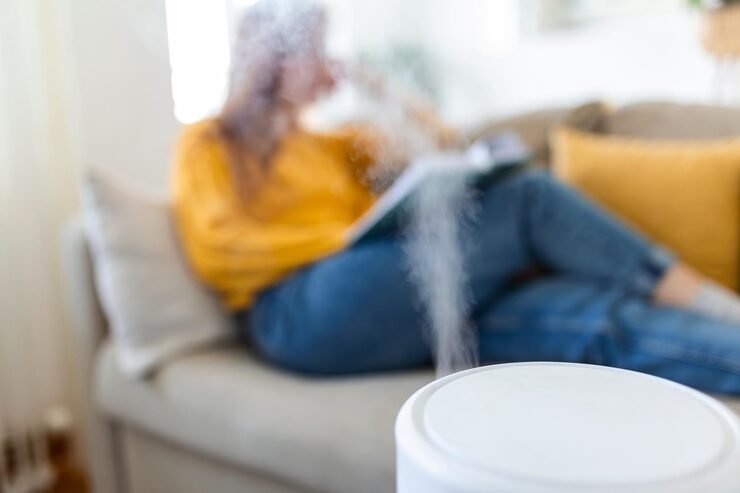VOCs Explained: Why Formaldehyde-Free Products Matter for Your Health
- admin323029
- Blog

The air inside your home matters. Many households across Massachusetts and New Hampshire live with hidden pollutants that harm comfort and long-term health. One of the biggest culprits is Formaldehyde & VOCs. These substances are released from common items such as furniture, flooring, and cleaning products. Choosing formaldehyde-free products reduces exposure and helps create safer indoor spaces.
What Are VOCs and Why Should You Care?
Volatile Organic Compounds, or VOCs, are gases that come from everyday household products. Formaldehyde is one of the most common VOCs found indoors. The U.S. Environmental Protection Agency has classified formaldehyde as a human carcinogen. Even small amounts contribute to poor indoor air quality.
Formaldehyde & VOCs are often present in:
-
Pressed wood products like particleboard and cabinets
-
Carpets, rugs, and fabric treated with chemicals
-
Adhesives, paints, and varnishes
-
Cleaning supplies and air fresheners
Homes in Massachusetts and New Hampshire, especially during colder months, often trap VOCs inside. With less ventilation, these gases accumulate and affect your health over time.
Formaldehyde & VOCs: Health Effects You Need to Know
Short-term exposure to Formaldehyde & VOCs can cause irritation of the eyes, nose, and throat. Many people experience headaches, coughing, or dizziness. Long-term exposure increases the risk of asthma, allergies, and cancer. Children and seniors are especially sensitive to these effects.
Because winters in Massachusetts and New Hampshire keep homes closed up for long stretches, families are at higher risk of constant exposure. Testing and using safer products is one of the most effective ways to limit this risk.
Why Formaldehyde-Free Products Matter
Formaldehyde-free products are designed to limit or eliminate VOC emissions. They are safer choices for flooring, cabinets, paints, and textiles. By selecting these options, you lower harmful gases in your home.
The benefits of formaldehyde-free products include:
-
Cleaner indoor air quality
-
Reduced risk of respiratory issues
-
Safer living space for children and seniors
-
Long-term health protection
Homeowners across Massachusetts and New Hampshire are increasingly seeking low-VOC and formaldehyde-free products when remodeling or buying new furniture. This decision directly impacts health and comfort.
Formaldehyde & VOCs in Building Materials
Building materials are a major source of VOC exposure. Pressed wood, particleboard, and MDF are treated with adhesives that release formaldehyde over time. Flooring and insulation also contribute to VOC emissions.
When building or renovating, choosing formaldehyde-free products makes a noticeable difference. Solid wood furniture, natural flooring options, and low-VOC paints are safer alternatives. Many retailers now label these products clearly, making it easier to make informed choices.
Practical Tips to Reduce Exposure to Formaldehyde & VOCs
You can take several steps to reduce VOC exposure at home. These are simple changes that make a long-term impact:
-
Increase ventilation. Open windows and run exhaust fans when possible.
-
Choose safer products. Buy paints, finishes, and cleaning supplies labeled “low-VOC” or “VOC-free.”
-
Use air purifiers. Activated carbon filters remove VOCs effectively.
-
Control humidity. Maintain 30 to 50 percent humidity to slow off-gassing.
-
Avoid synthetic fragrances. Skip air fresheners and candles that release chemicals.
These practices are especially important for families in Massachusetts and New Hampshire who spend long periods indoors during winter.
How to Detect Formaldehyde & VOCs in Your Home
Detection starts with awareness. If you notice odors, irritation, or headaches that ease when leaving your home, VOCs may be present.
Testing options include:
-
DIY air quality test kits. These give an estimate of VOC levels.
-
Professional inspections. Licensed inspectors measure VOC concentrations and recommend solutions.
For residents in Massachusetts and New Hampshire, indoor air quality testing is becoming a standard part of home inspections and renovations. Professional testing ensures accurate results and provides a clear action plan.
Formaldehyde & VOCs: Choosing Safer Everyday Products
Reducing VOCs is not limited to building materials. Everyday items contribute as well. Cleaning sprays, detergents, and air fresheners release chemicals that impact your indoor air. Switching to natural cleaning products and fragrance-free options reduces this exposure.
When shopping for furniture or remodeling materials, ask about formaldehyde-free certifications. Many companies now promote products that meet CARB Phase 2 or EPA standards for lower VOC emissions. By making smarter purchasing decisions, you improve your home’s air quality.
Professional Help for Managing VOCs
While individual actions matter, professional support adds another level of protection. Indoor air quality experts use advanced tools to measure Formaldehyde & VOCs in your home. They recommend specific improvements, such as upgraded ventilation systems or air purifiers.
In Massachusetts and New Hampshire, more homeowners are requesting VOC testing when buying or renovating properties. This step ensures homes meet safe air quality standards before moving in.
Create a Safer Home Today
Formaldehyde & VOCs are hidden dangers that affect health and comfort inside your home. By choosing formaldehyde-free products, improving ventilation, and testing air quality, you reduce exposure. Families in Massachusetts and New Hampshire benefit most from taking these steps during long indoor seasons.
For expert help, schedule an indoor air quality inspection with our team today. Take control of your air and protect your family with safer, healthier choices.
FAQs about Formaldehyde & VOCs
1. Why are Formaldehyde & VOCs common in homes?
They are found in pressed wood furniture, flooring, carpets, paints, adhesives, and cleaning products. Everyday items release these chemicals into indoor air.
2. How harmful are Formaldehyde & VOCs to health?
Short-term effects include headaches, irritation, and dizziness. Long-term exposure is linked to asthma and increased cancer risk, especially for children and seniors.
3. How do I test for Formaldehyde & VOCs in Massachusetts or New Hampshire?
DIY kits provide an overview, but professional air quality testing is more reliable. Inspectors use specialized tools for accurate readings and solutions.
4. What are the best ways to reduce Formaldehyde & VOCs?
Ventilation, low-VOC or formaldehyde-free products, air purifiers with carbon filters, and controlled humidity are effective steps for lowering exposure.
5. Do new homes have more Formaldehyde & VOCs than older homes?
Yes. New homes often use manufactured wood, adhesives, and finishes that off-gas VOCs at higher levels. Testing is important after construction or renovation.
Are you worried about the cleanliness of your space?
Let us help you! Cleaning services are our specialty, and we offer a complete range of cleaning and maintenance services. Get a free estimate!




